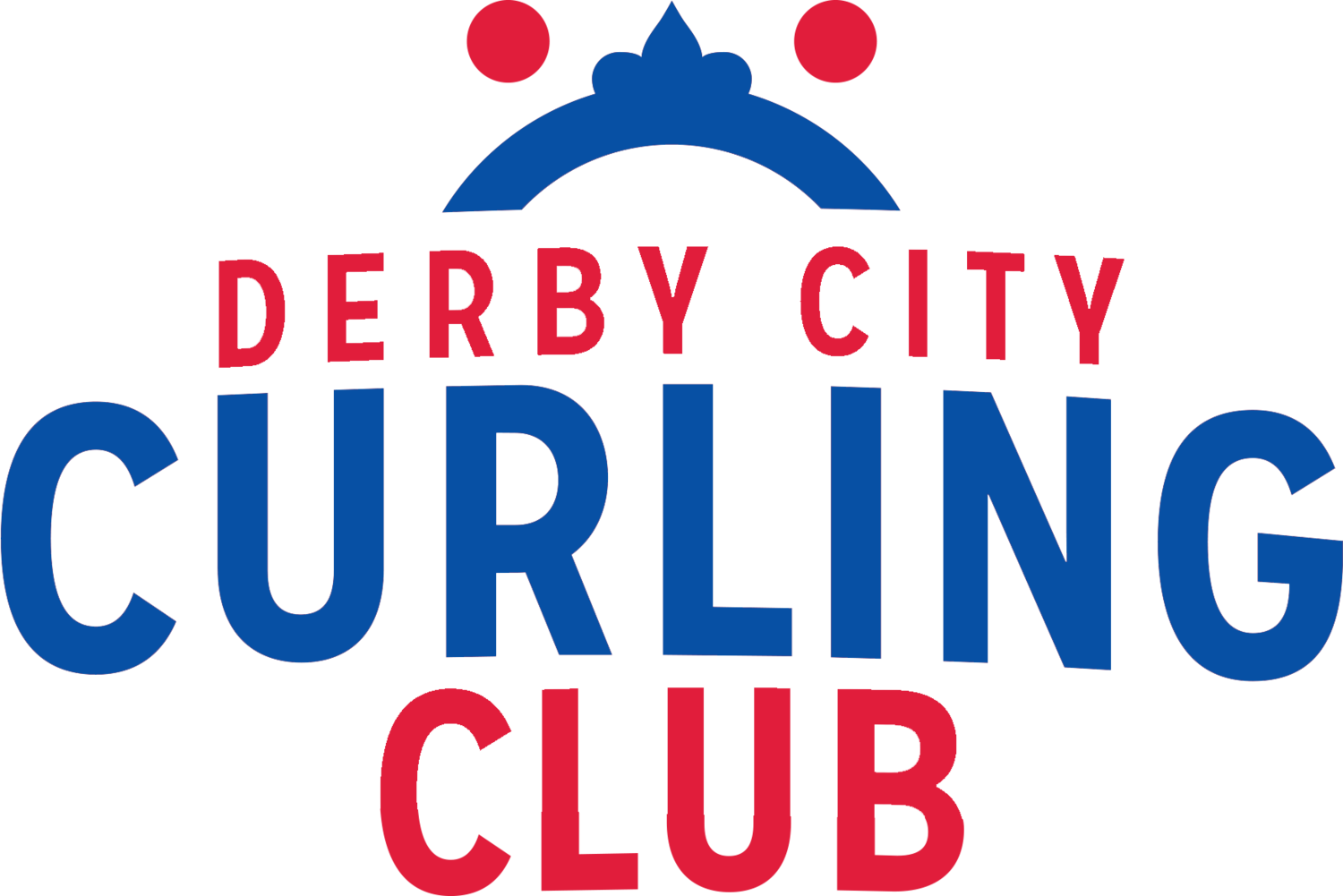
The Sport of Curling
History
Curling dates back to the 16th century where it was played on the frozen ponds and lochs of Scotland. As the first clubs were formed in the 19th century, the sport began to spread as Scots settled around the world. The “Rules of Curling” were first formally adopted by the Grand Caledonian Club in Edinburgh which became curling’s governing body.
In 1924, during the first Winter Olympic Games in Chamonix, France, the first official international curling competition took place. It made another appearance during the 1932 Winter Olympics as a demonstration sport. Canada and the United States were the only countries to compete, each entering four men’s teams. Curling’s next appearance in the Olympics was in 1988 (Calgary) and 1992 (Albertville). It wouldn’t be until 1998 at the Nagano Games that curling was added to the official program, allowing teams to win medals.
Montreal Curling Group / Montreal, Quebec
Why is It called curling?
When the stone is thrown, it doesn’t move in a straight line. Instead, it curls across the ice. Skillful curlers are excellent at controlling the stone and directing it to where they want it to go.
Scoring
A team is given points at the conclusion of each end, after both teams have thrown all of their stones. The team whos stone is closest to the button receives one point. For each additional stone that is closer to the button than the closest of the opponent’s stones, another point is rewarded.
At the end of a competition, the team with the most points is the winner.
Curling Sheet
Glossary of Terms
Backline The line across the ice at the back of the house. A stone that completely crosses this line is taken out of play.
Biter A stone that barely touches the edge of the house.
Blank End An end in which no points are scored.
Bonspiel A curling tournament.
Brush The piece of equipment used to sweep the ice in front of a stone.
Burned Stone During a shot, if the stone is touched by a player or the brush, it is considered burnt and is taken out of play.
Button The circle in the center of the house. Measures two feet in diameter.
Center Line The lines that runs down the middle of a curling sheet.
Counter A stone in the house that could become a point.
Curl How much a turns left or right while traveling down the sheet.
Draw Weight The amount of force needed during a shot so that the stone ends up in the house.
End A part of a game that includes both teams throwing all of their stones. Games typically last eight ends or ten ends during championships.
Free Guard Zone The area between the hog line and the house. During the first 4 our 5 stones thrown in and end, not stone may be removed from this area by an opposing player.
Freeze A stone that is drawn so that it sits against another stone.
Guard A stone that is placed in a position, usually in front of the house, so that it will protect another stone from being removed by an opponent.
Hack The foot-holds at the end of the sheet which players push off of during a throw.
Hammer The last stone thrown in an end. It is considered a major strategic advantage.
Handle The rotation applied to a stone during delivery.
Heavy A stone thrown with more force than is needed.
Hit A shot in which an opponent’s stone is removed from play by a thrown stone. Also known as a take-out.
Hog Line Players delivering a stone must release their shot before the stone reaches this line.
Hogged Stone A stone that does not reach the far hog line. If this occurs, the stone is removed from play.
House The “target” at either of a curling sheet. Consists of a button, 4 foot ring, 8 foot ring, and 12 foot ring.
Hurry A command given by the skip instructing players to sweep harder.
In-Turn A rotation that is applied to a stone to make it turn clockwise (for a right-handed player). This will make the stone curl left to right.
Lead The first player on a team to deliver a stone in an end.
Out-Turn A rotation that is applied to a stone to make it turn counter-clockwise (for a right-handed player). This will make the stone curl right to left.
Pebble Water that is sprayed onto a curling sheet before play. The spray freezes and creates small bumps on the ice also known as pebble.
Raise When a stone is bumped ahead by another stone.
Roll The movement of a stone after it has hit a stationary stone. ex. Hit and roll.
Second The player who throws the second set of stones for a team during an end.
Sheet The playing surface of a curling game. See diagram above.
Shot Rock The stone closest to the button in the house at any point during an end.
Skip The leader of a curling team. This player determines strategy and calls shots. They normally deliver the last set of stones during an end.
Spare A substitute player.
Slider A piece of slippery material on the bottom of a shoe that allows players to slide across the ice.
Steal When a team scores in an end and they don’t have hammer.
Sweeping Moving a brush or broom back and forth in front of a stone.
Take Out A shot which removes a stone from play. Often requires more weight than other shot types.
Tee Line The line that passes across the ice and through the center of the house.
Third Also known as vice-skip. The third player of a team to throw stones during an end. The vice also indicates shots when the skip is delivering their shots.
Weight The amount of force given to a stone during delivery.


